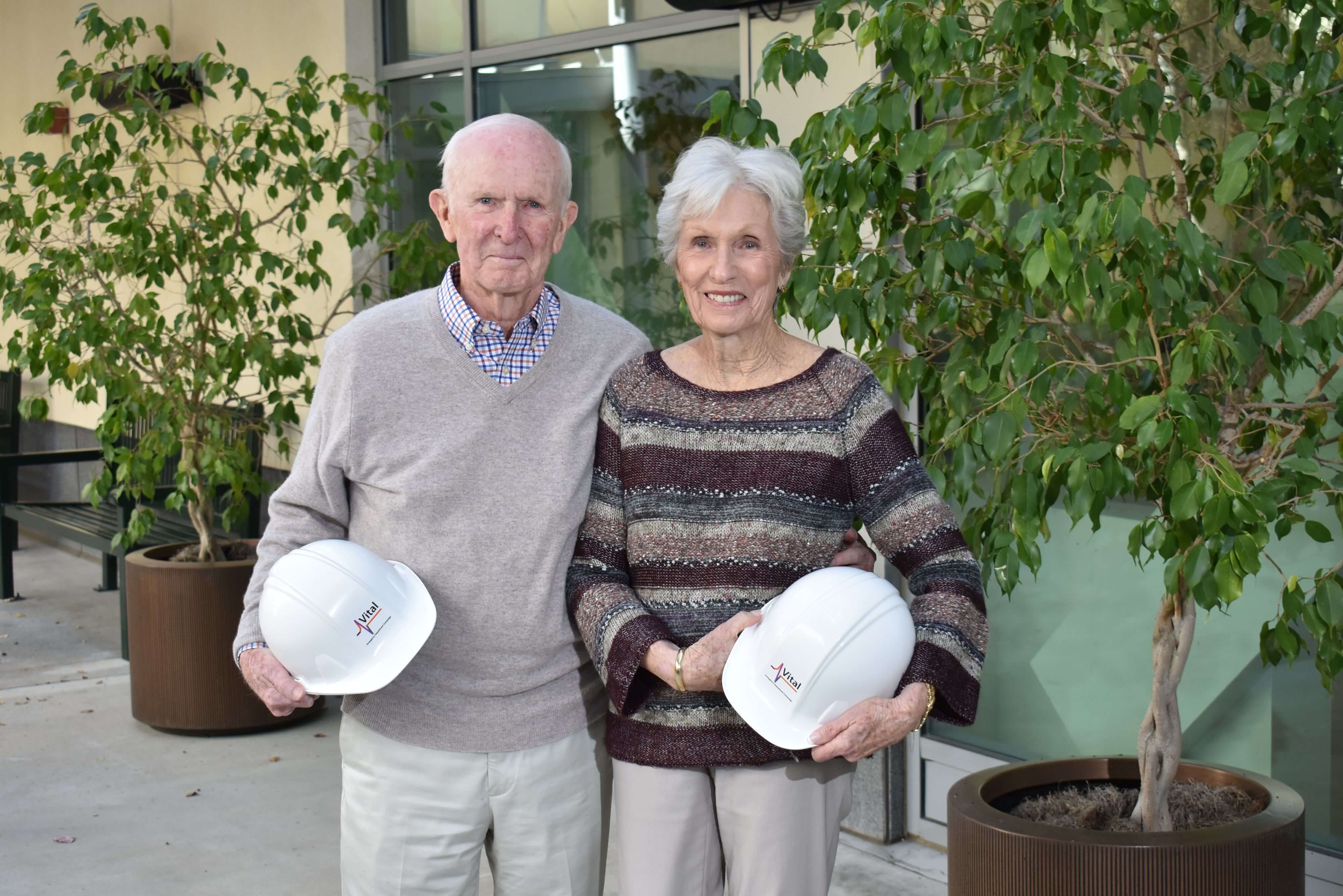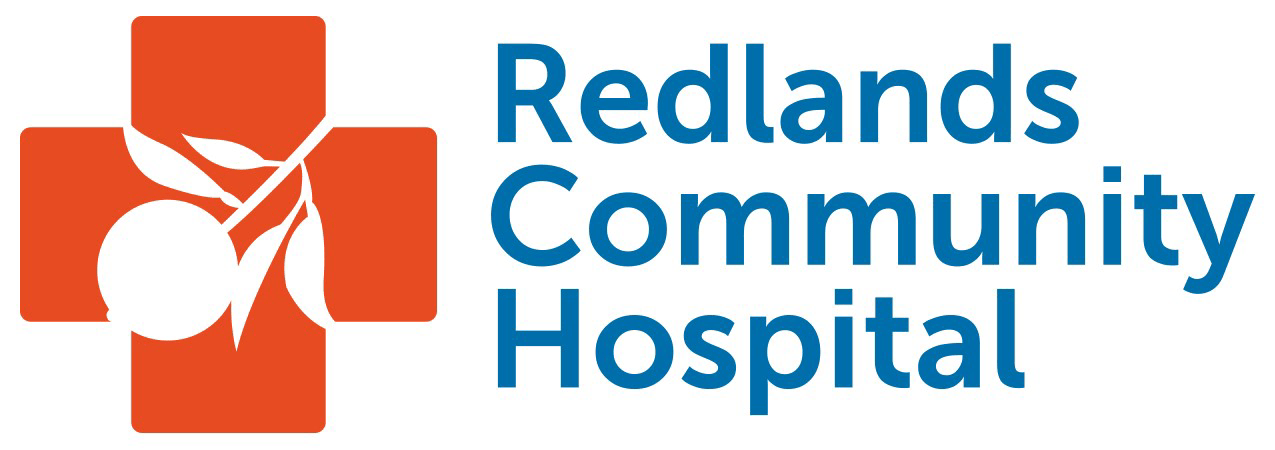Dave & Nina's Story
- Author: Dave & Nina
- Category: Donor Testimonials


Dave and Nina Mitchell begin their philanthropic journey with a Generous gift to the RCH Emergency Department expansion project
Not every person who contributes to a capital campaign has a long history of philanthropic giving. Dave and Nina Mitchell, who recently provided a major gift for the Redlands Community Hospital Emergency Department Expansion and Renovation Project, are prime examples of generous neighbors who began giving in earnest as mature adults and are blessed by the experience.
Both are native Southern Californians—Dave from Pasadena and Nina from Los Angeles. After high school Dave wanted to become a veterinarian, however as time passed his focus changed and he left college to work for Avon. He eventually spent nearly 40 years with the high-profile company, rising to become its CEO in the late 1970s. Dave retired seven years later and spent two more years on the Avon board of directors before finally retiring from business completely in the mid-1980s.
Now living in Redlands, the couple was introduced to Redland Community Hospital by a longtime friend who works there. After touring the hospital and the Emergency Department they decided to provide significant funding for the ER expansion and renovation project, called “Vital.”
“We knew we were going to spend the rest of our lives in Redlands and we wanted a good hospital, so we made a donation and hope to continue doing that,” Dave said. “This year was our first time giving—we pledged $100,000 a year for three years, primarily for the new Emergency Room.”
Why support RCH now?
“I’m 90 and Nina is 84 and sometime in the future we could very well need hospitalization,” Dave said. “I wanted to be sure that we would get the kind of care we needed. That would probably happen anyway, because the reputation of the hospital is outstanding. At least we know we’re supporting the hospital where we may end up someday.”
Once completed, the expanded ER will provide every patient with easy entry, fast admission and speedy evaluation. Ultimately, the new ER will enable clinicians to treat an estimated 70,000 patients annually, significantly more than its current capacity.
